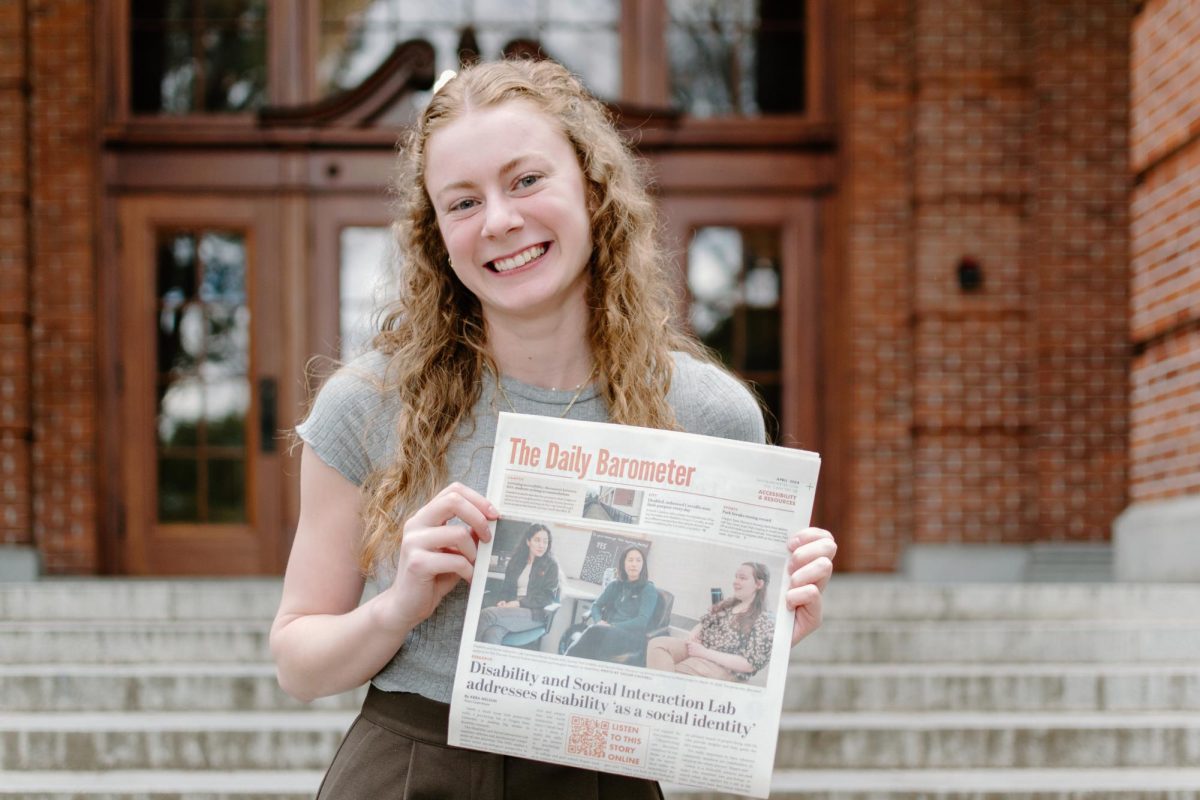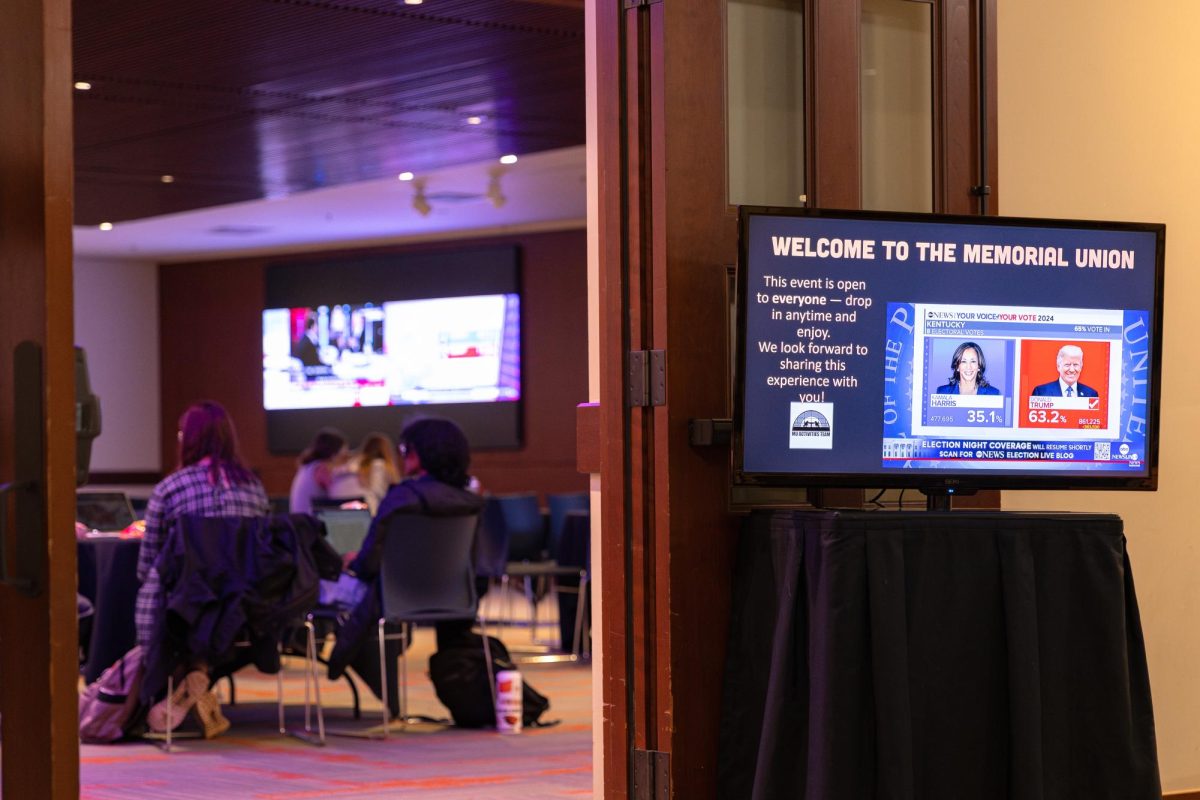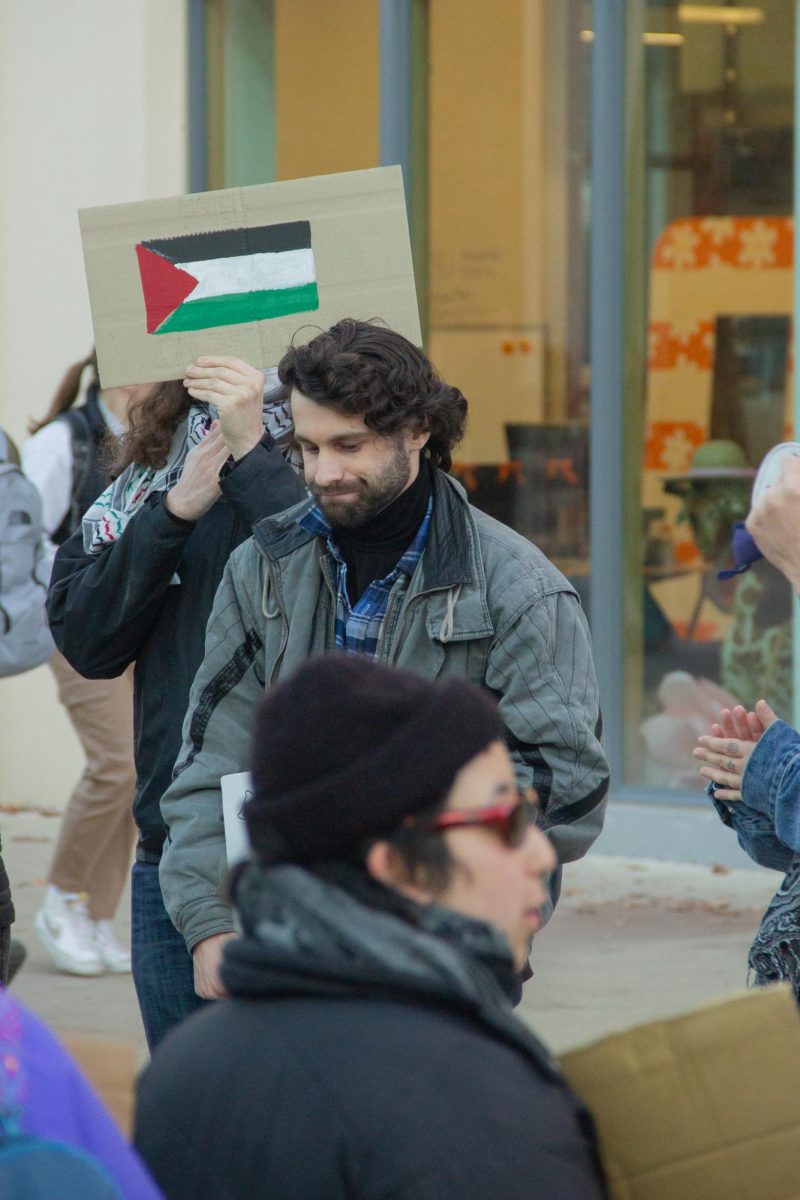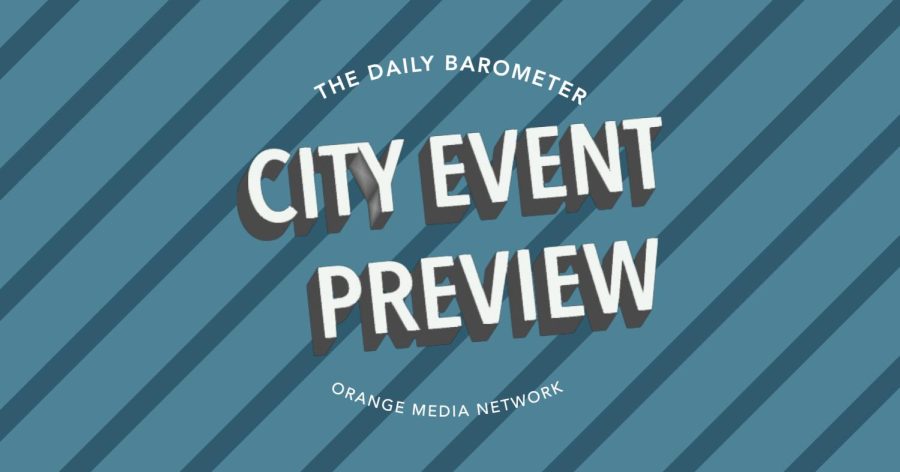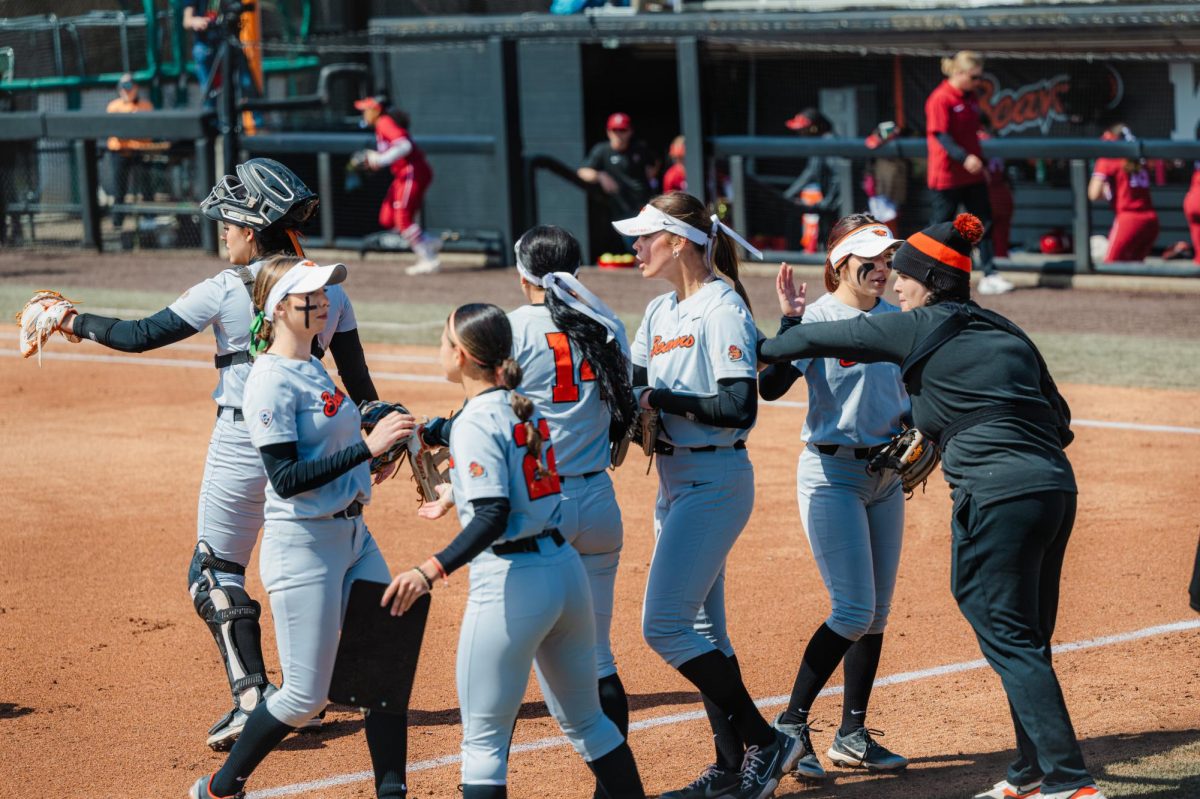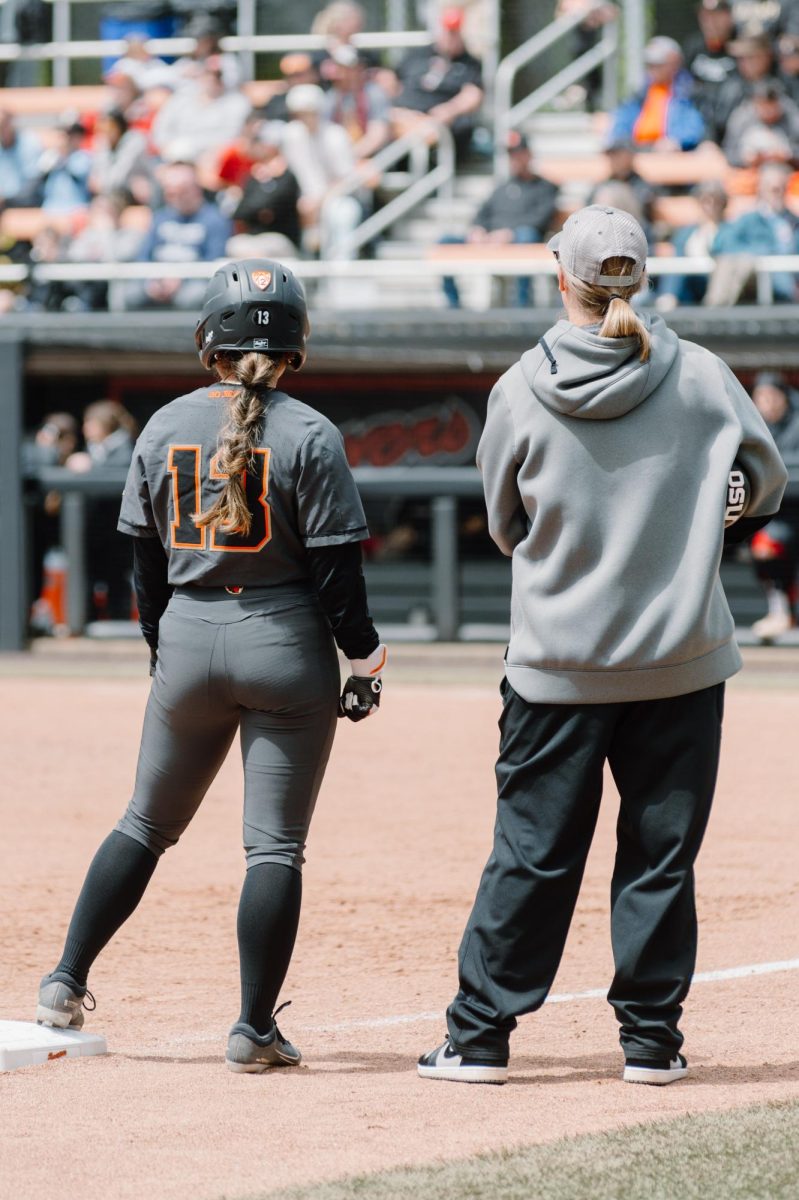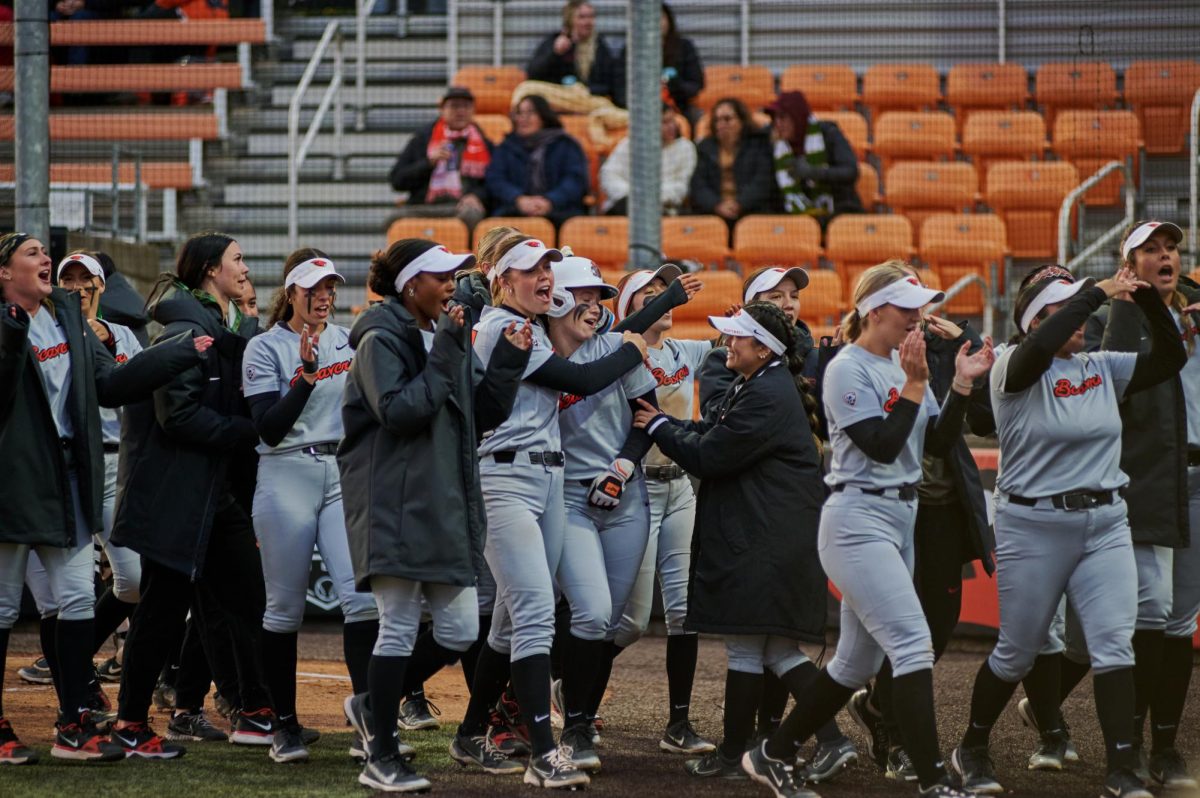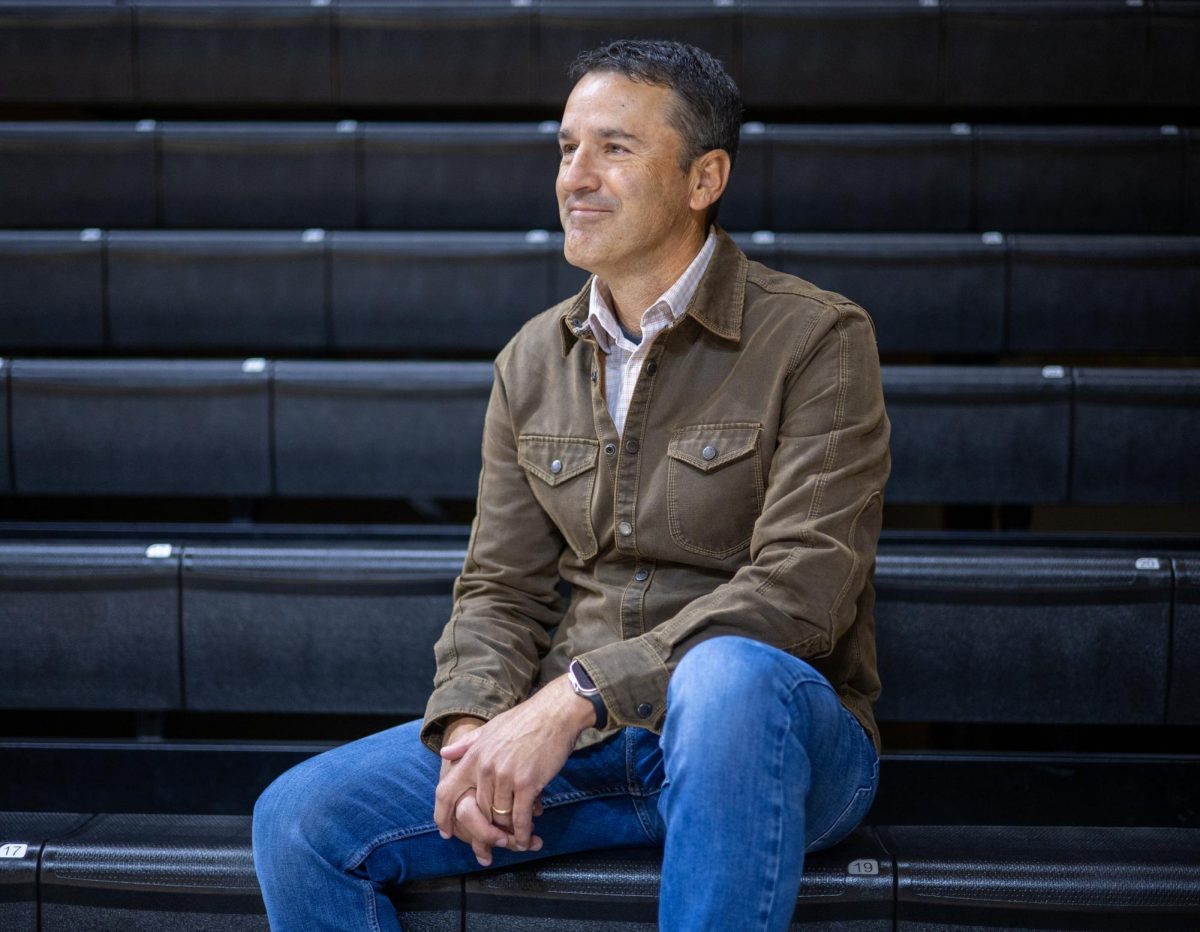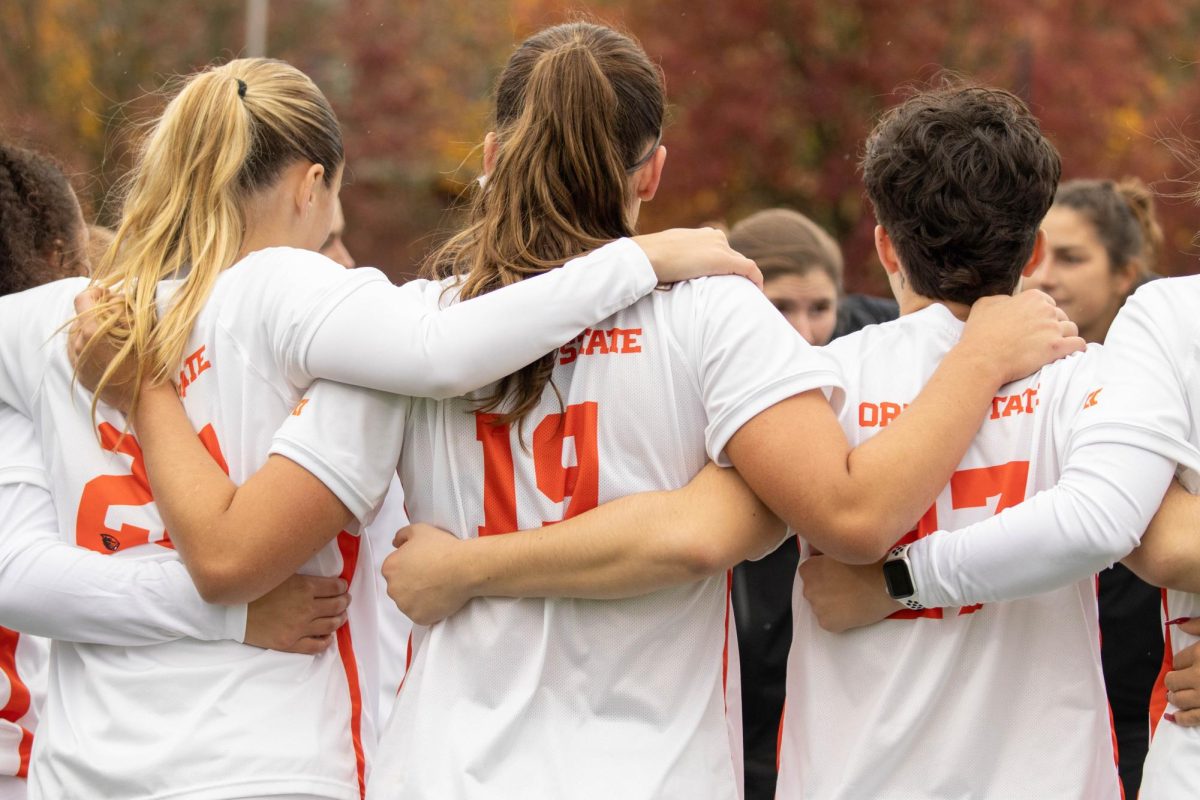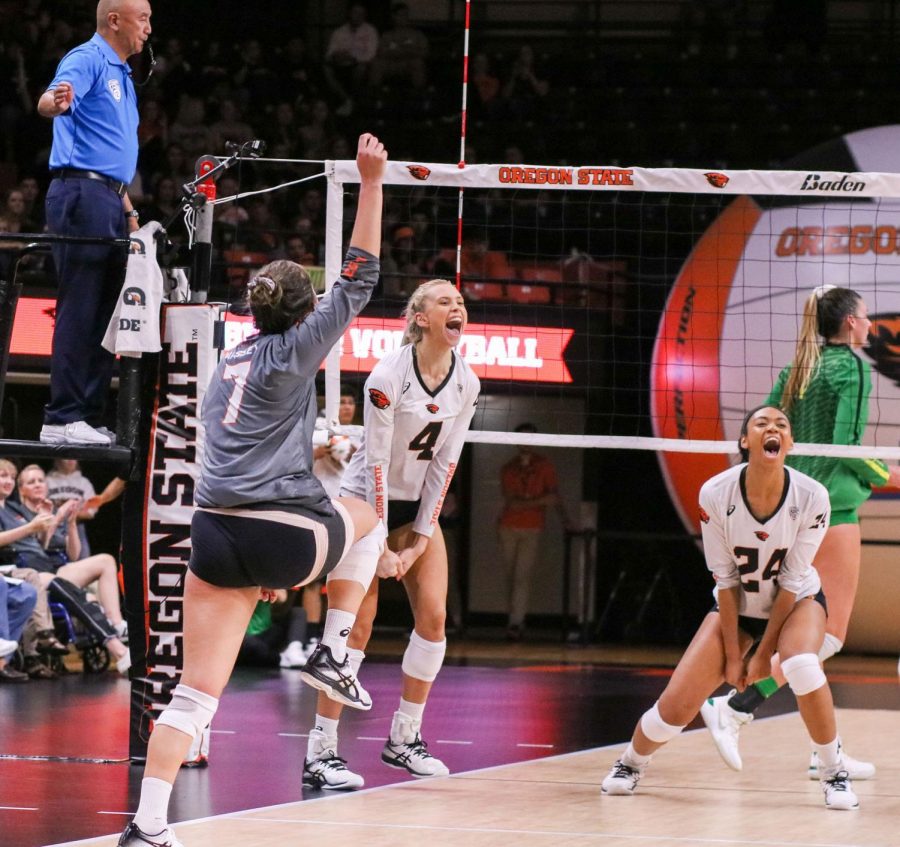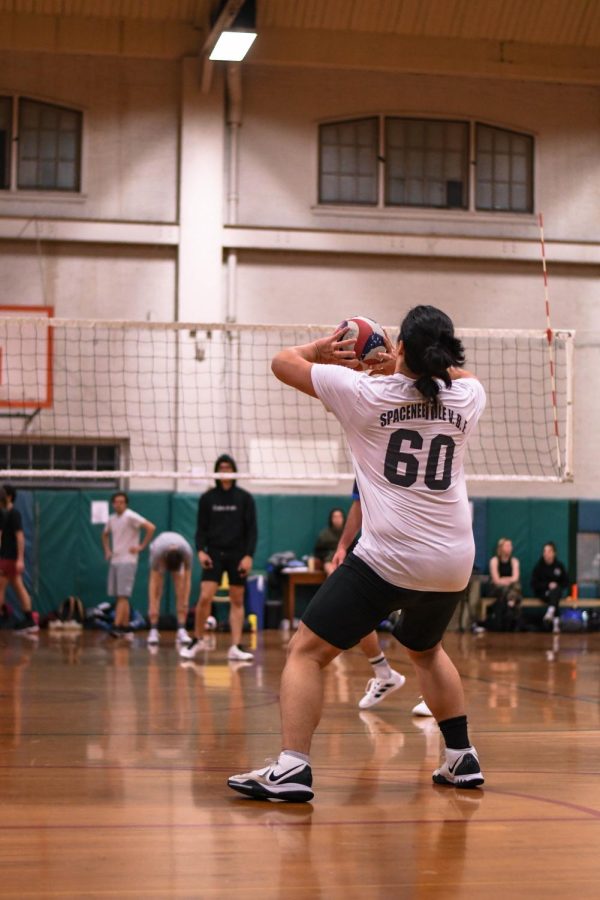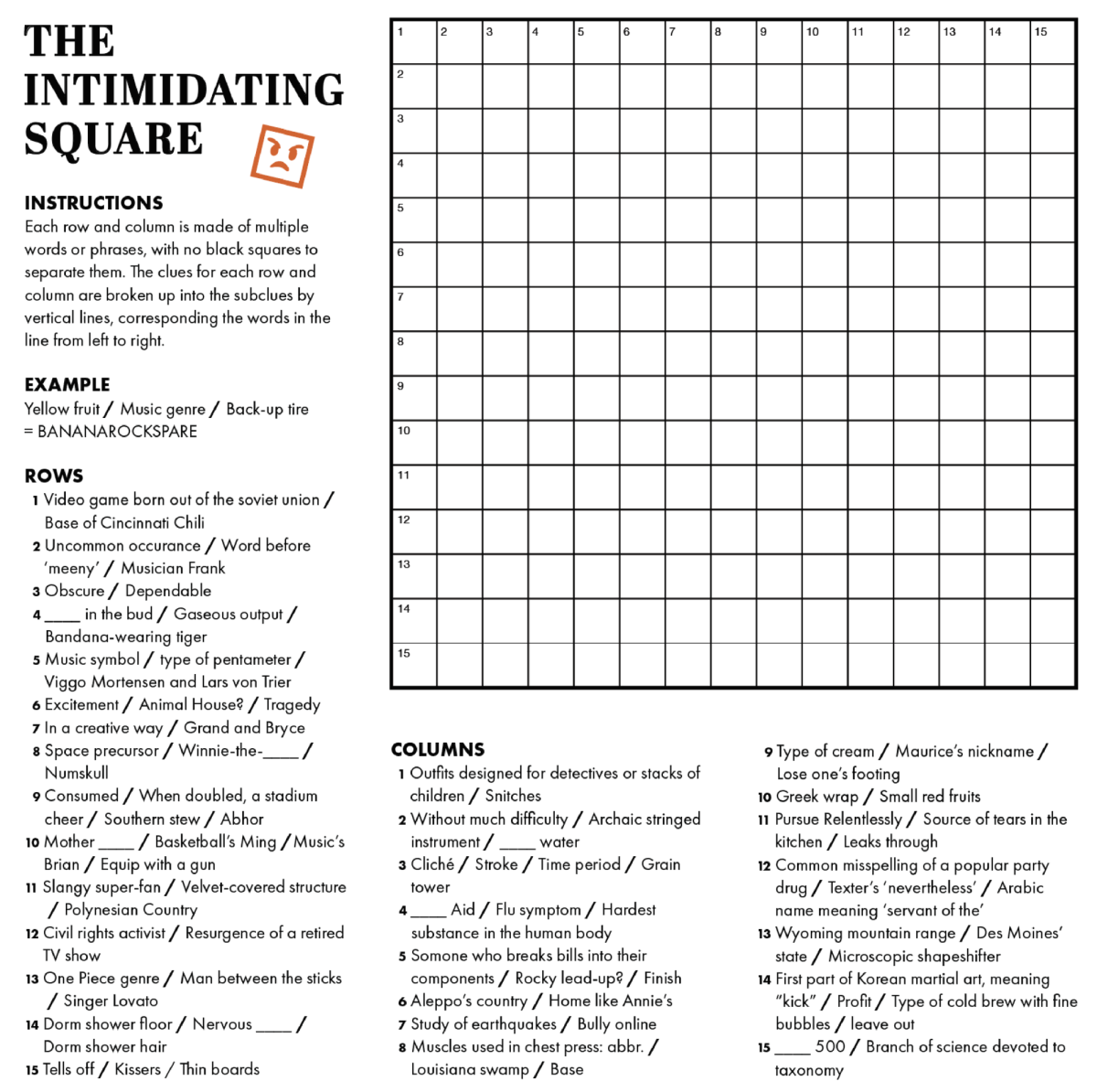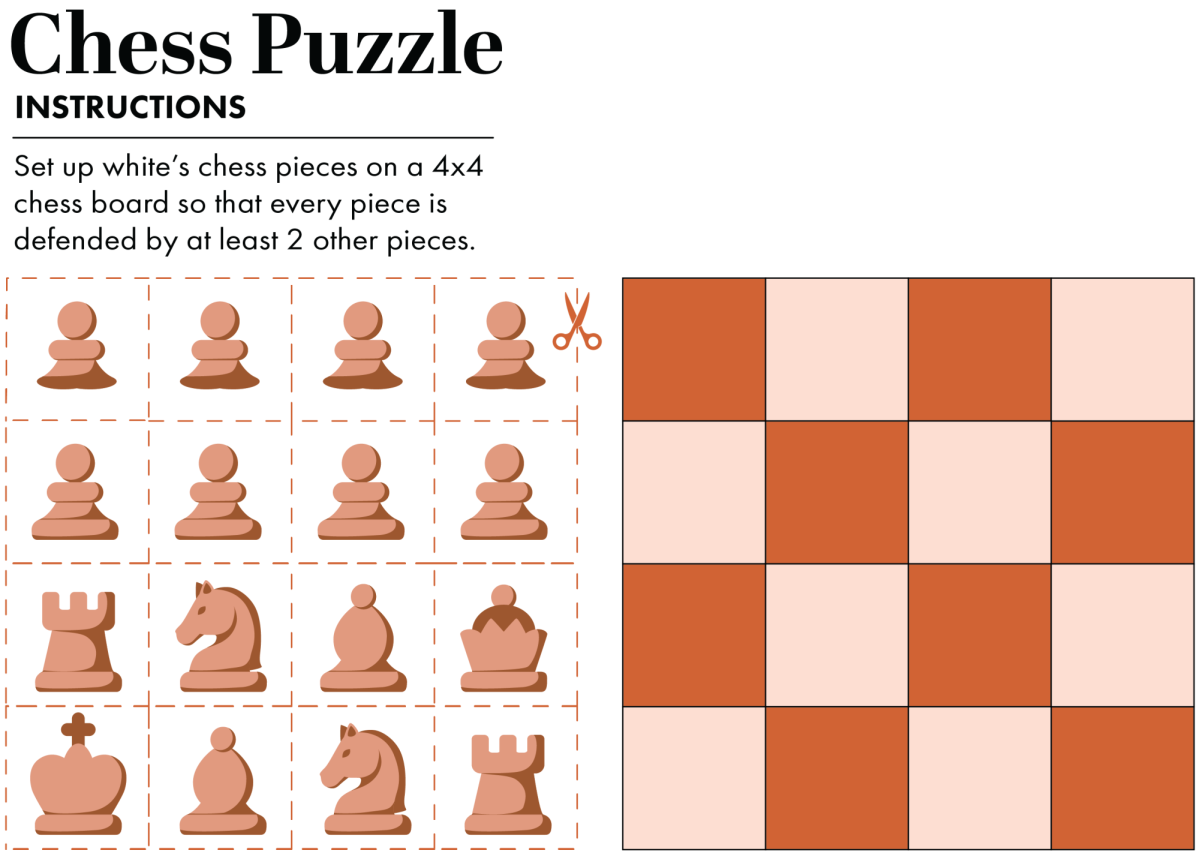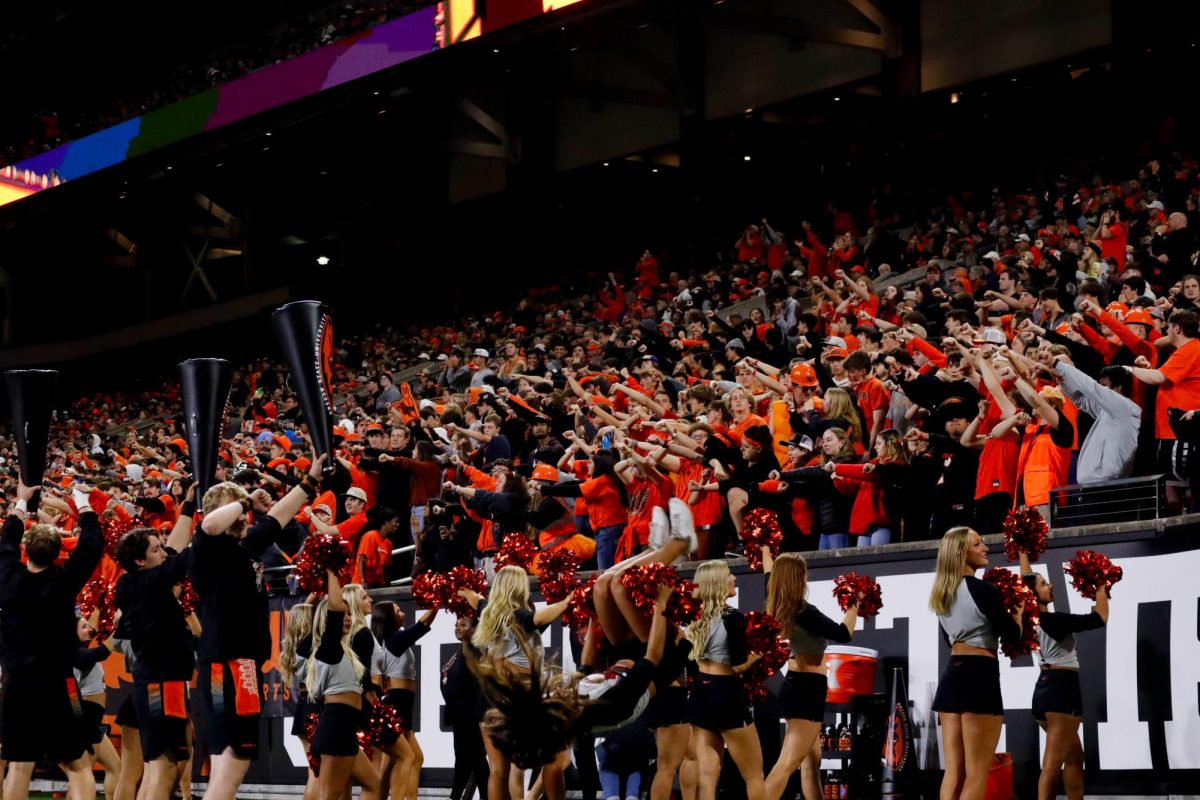Sexual Assault Awareness Month: A time to take action against sexual violence
April 22, 2019
The Birds and the Beavs is a weekly column answering your questions on the topics of sexual health, consent, and relationships, written by the Oregon State University Sexual Health Team.
This week’s questions center around Sexual Assault Awareness Month and were answered by one of the confidential advocates at OSU’s Survivor Advocacy and Resource Center, Kimberly Hack, LCSW.
Q: What is SAAM?
A: SAAM is nationally known as Sexual Assault Awareness Month and recently recognized in Oregon as Sexual Assault Action Month. During the month of April, awareness is spread about sexual assault and people are encouraged to take action against sexual violence and ways that it influences our culture. Here at OSU, campus groups host many events that strive to educate our community, open conversation, and promote healing for survivors of sexual violence. If you are interested in learning more about the events this month, please click here.
Q: What is Denim Day?
A: Denim Day is an event during SAAM when people are encouraged to wear denim to take a stand against sexual violence and victim-blaming. Denim Day was inspired by a sexual assault court case in Italy in which it was ruled that since the victim was wearing tight jeans, she must have assisted the attacker in removing them, thereby consenting. To protest this opinion, women in the Italian parliament wore denim to work the next day. We continue to recognize Denim Day by communicating that regardless of what a victim was wearing (or doing or drinking or anything else) that they are never to blame for an assault. This year, OSU is hosting a Denim Day event on Wednesday, April 24 from 10a.m.-4p.m. in the SEC Plaza. Please stop by the booths for activities, information, and free stuff! And wear denim to show your support for survivors!
Q: What is TBTN?
A: Take Back the Night (TBTN) is another event during SAAM to protest sexual violence and show support for survivors. TBTN is an opportunity to amplify the voices of survivors and demonstrate commitment to creating a safe and inclusive campus. This year, TBTN will consist of a rally in the SEC plaza with student and staff speakers, a march around campus, a survivor speak-out, and followed up by a healing space in the Craft Center. TBTN is Thursday, April 25 starting at 7p.m. in the SEC Plaza.
Q: What is SARC?
A: The Survivor Advocacy and Resource Center (SARC) is a safe and confidential space for members of the OSU community to get support, information, and advocacy services regarding all forms of sexual violence. This includes sexual assault, intimate partner violence, stalking, and sexual harassment. SARC services are free and available regardless of whether or not a survivor chooses to report. Advocacy services include, but are not limited to, crisis intervention, safety planning, academic assistance, connection to medical care and counseling, and assistance with reporting options. Counseling and Psychological Services (CAPS), Student Health Services clinicians and nurses, and the Center Against Rape and Domestic Violence (CARDV) are also confidential sources for survivors to receive care. Survivors and allies are encouraged to seek support from the various confidential resources available.
Q: How can I support a survivor?
A: If a friend has experienced violence, remember to listen, believe, and support them. Providing a listening ear, free of judgement, is incredibly helpful for survivors who can be experiencing a challenging time and a wide range of emotions. Statements like “I believe you” and “it’s not your fault”, as well as asking “how can I help?” are all supportive and allow survivors to choose next steps for themselves. Suggesting resources like SARC is another way to help, but please don’t tell your friend what to do or ask them prying questions. This takes away control from a survivor who has already experienced a loss of choice through sexual violence. Support your friend by respecting their wishes and help them cope in ways that they identify are best for them.

